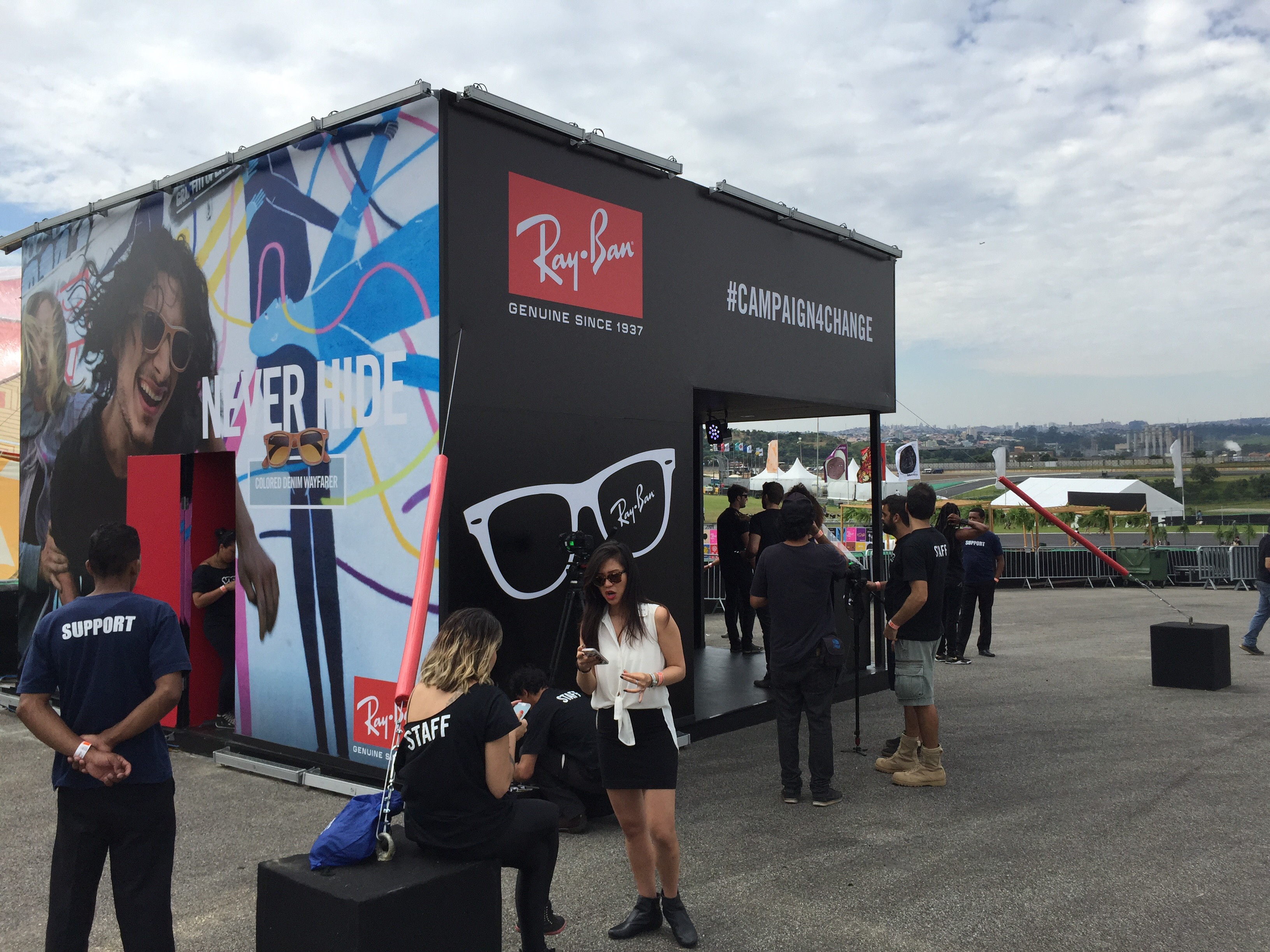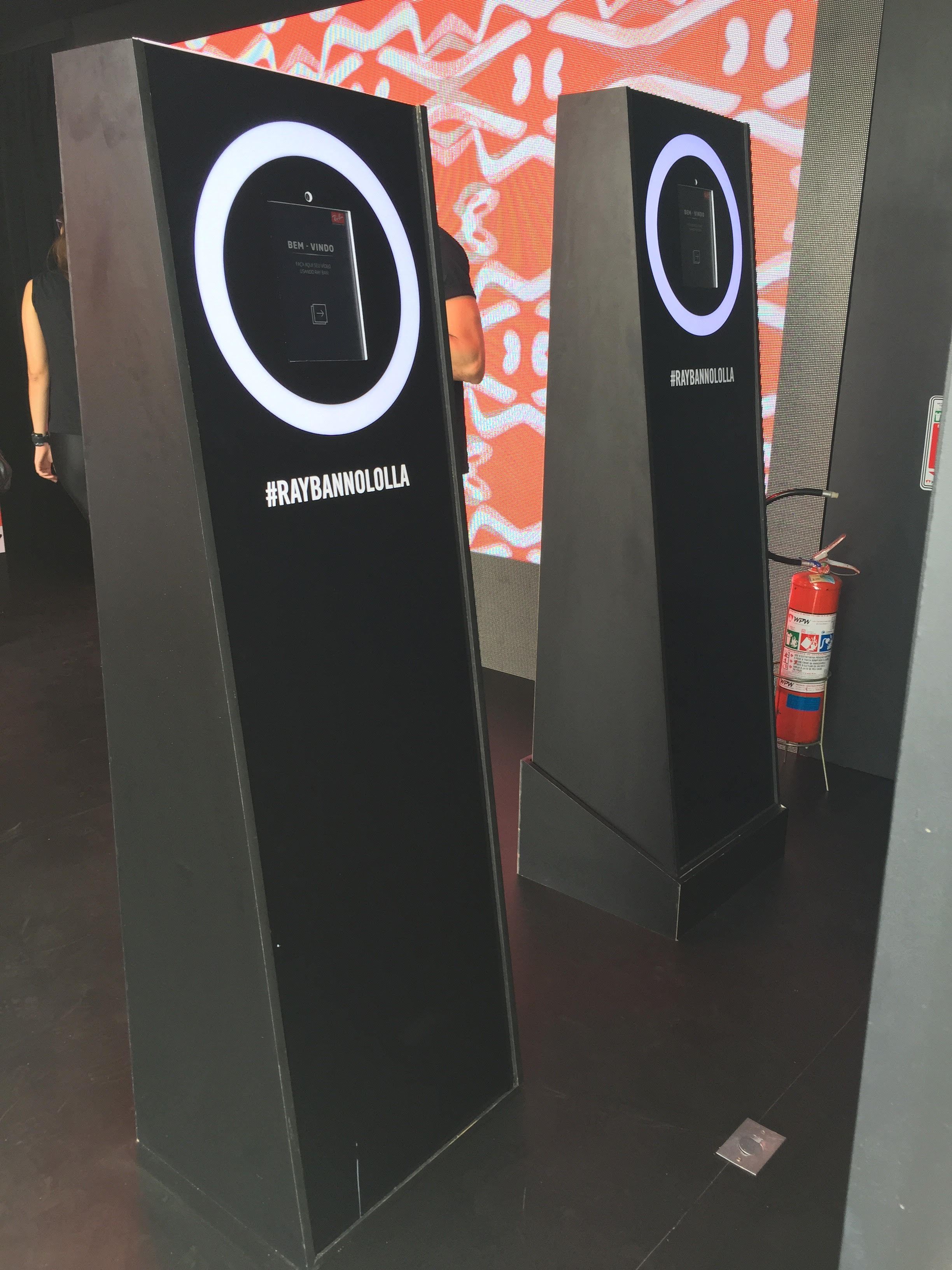This post will be a bit more personal than usual, as this is another important milestone for FlashyWrappers.
If you want to skip to FW SDK 2.3 release info, scroll down
———————————————–
It’s finally here – everything FlashyWrappers related was moved to a new website at
In other words, FW has got its own website! This will allow for better expansion of the whole FlashyWrappers project and bringing the community of FW users together. There are always so many new ideas and features and fixes people need I doubt the project will stop anytime soon (despite what I thought in the beginning).
Not looking at the sales, the project always has been fun for me by offering sometimes very frustrating – yet rewarding – challenges, and that’s why I’m still working on it. The first 6 months working on and off on FlashyWrappers, I think I can reveal it made about 3 sales (it was the ancient version for $97, with 1 platform available). I can assure you, I would never continue working on it if it was just “business project”.
Since then the business situation has improved, luckily 🙂 But I think its clear that there was always something drawing me back to this project, regardless of any sales or demand. It really was always more about those technical challenges. Can I capture AIR’s OpenGL on iOS, with 1 / 100 experience on iOS. Can I do the same on Android. And so on. The combined challenge of discovering new platforms, optimization techniques to beat the older and slower versions and really challenging myself combined with the visual reward – that is whats keeping me in.
Of course, I was hoping that some people would find this whole undertaking useful (I wouldn’t enjoy doing something people won’t use, in the long run). The first SWC I created was for my own video capturing project. And so when I found out much later (early this year) an app installed in Ray Ban booth (in Brazil!) will run on FlashyWrappers iOS, I was pretty excited.


Anyway, the new website contains a seed of showcase videos – the first 3 introducing Ray Ban app, ShadeScout app and Opera Maker app (all iOS). if you’ve got an app powered by FlashyWrappers, be sure to contact me through flashywrappers.com contact form! The new website will centralize everything FW related – I’m hoping to add forums for technical support later on (in case the user number grows even more).
This is a pretty niche market but I have the desire to improve FlashyWrappers step by step – still many challenges remain unsolved (if Keith is reading this, he knows… 🙂 and I think I won’t rest until I have the main priorities sorted out and people still need the library. There’s also room for expansion, the underlying libraries are native iOS / Android / Windows / Mac code so they don’t need to depend on AIR in the long run.
I’m happy the new website is finally up, it wasn’t as much work but the situation in my personal life is really crazy (in a bad way) so its good to see something coming together.
All the best with FlashyWrappers!
Pavel Langweil
———————————————–
FlashyWrappers SDK 2.3 was released, together with the new Android ANE preview! Grab it at the new website linked above.
FlashyWrappers 2.3
-------------------
- !! NEW PLATFORM PREVIEW ADDED: Android(HW) first look - Android ANE with mp4 hardware accelerated encoding and OpenGL fullscreen capture from AIR. This works only on Android 4.3+. No audio support / no captureMC support (audio support coming in next release). Do not use in production but let us know if it doesn't work on your device, with device log attached.
- Sound Mixer: FWSound mixer included into the package as it's now "SDK", so it should contain everything
- iOS: Can specify filename for saving the mp4 to the application storage. You will be responsible to erase these files if needed (instead of the default temp filename which is being reused).
- iOS: Fixed mp4 metatags from QuickTime to MPEG4 for better compatibility - it's possible to play the videos on Android now.
- iOS: Changed internal "hijacking" of AIR's OpenGL FBO - increases performance and reliability of the whole solution.
- iOS: Added support for recording from GPU mode in standard / high resolution in addition to Direct mode.
- iOS: Added "passthrough" encoding level for captureMC(keeps the movie exactly at the bitrate specified in init).